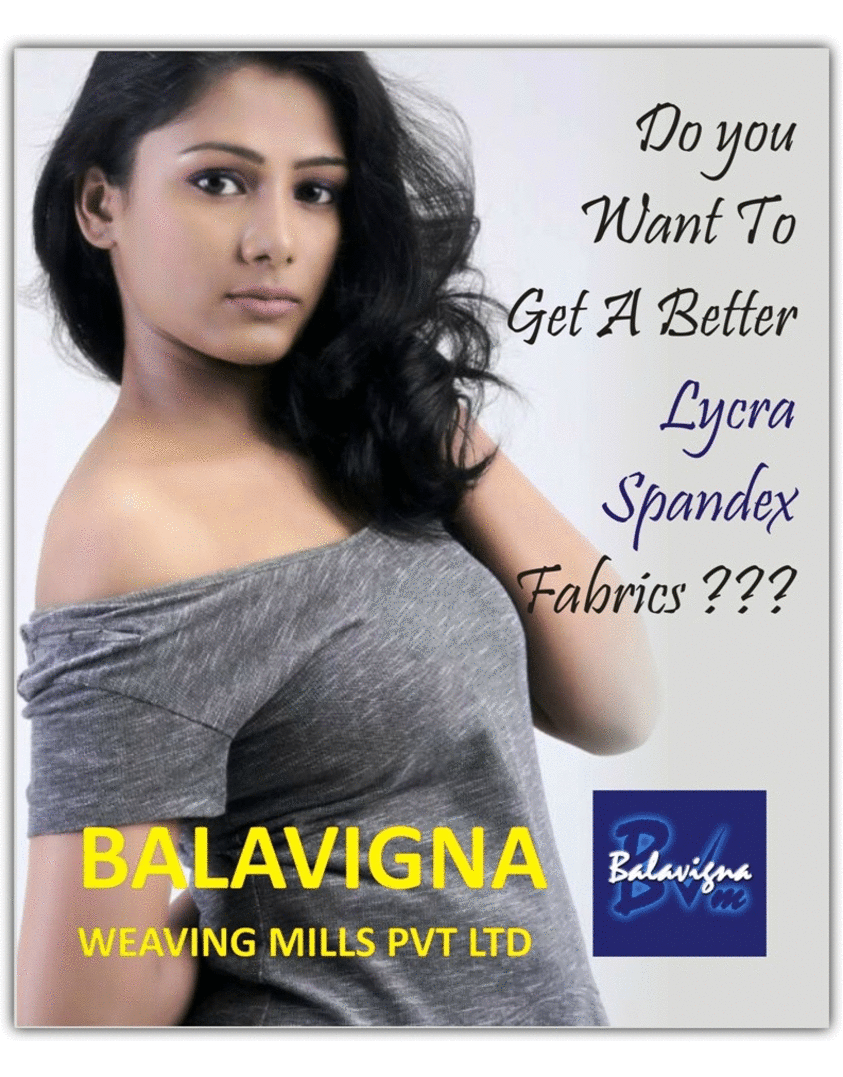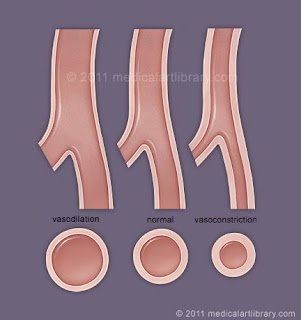
The Ultimate Guide to Choosing the Best Koi Pond Netting for Your Garden
Introduction
Koi fish are among the most popular pond fish kept by gardeners across the world. Due to their beauty and added aesthetic value to a garden, the presence of Koi fish in water gardens cannot be overemphasized. However, owning a koi pond requires adequate maintenance and protection against predators to keep your fish healthy and safe. This is why koi pond netting is a must-have if you want to keep your koi fish pond in top condition.
Why Do You Need Koi Pond Netting?
Koi fish are valuable and as such, you want to protect them from harm. Pond netting is essential for a number of reasons:
- Protection from predators: Garden ponds attract predators like birds, cats, raccoons among others. Installing pond netting keeps your koi fish safe and protected from these predators.
- Preventing leaves and debris: Koi pond netting helps you keep your pond free from debris like dried leaves, dead insects and other pollutants. This lowers the amount of effort required for pond cleaning.
- Avoiding water contamination from excess rainwater: During heavy rains, excess water from the surrounding landscape can find its way into your pond. This runoff can contain chemicals and other harmful pollutants including fertilizers and pesticides. Installing pond netting helps prevent this runoff from entering your koi pond.
Factors to Consider when Choosing the Best Koi Pond Netting
Choosing the best koi pond netting for your pond isn’t cut and dry. There are a number of factors you should consider when choosing the correct netting for your pond. Some of these factors include:
The Size of the Netting Mesh
The mesh size of your netting should be proportional to the size of your Koi. This ensures that smaller fish cannot swim through the mesh and get stuck in the netting. Mesh sizes of up to 1 inch are best suited for smaller fish, while 2 inch mesh sizes are more suitable for larger fish.
UV resistance
UV resistance is an important factor to consider when choosing pond netting as it protects your netting from UV rays that can cause damage over time. Ensure that your chosen pond netting has UV resistance so that it lasts longer than other netting types.
Netting Material
Koi pond netting comes in different materials such as nylon, polyester, and polypropylene. Nylon is the most commonly used material for pond netting due to its durability, strength, and resistance to rot and mould. Polyester netting is also durable, but it’s less resistant to wear and tear. Polypropylene nets have poor longevity and are more suited for temporary use.
Price
The price of your pond netting is an important factor to consider. This is because different netting materials and sizes vary in price. Ensure that you choose a netting that fits within your budget.
Types of Koi Pond Netting
There are different types of koi pond netting to suit different needs. Some of them include:
Knitted Netting
Knitted netting is a popular choice since it is durable and can withstand external forces. It is easy to install and the elasticity of the netting allows it to contour the shape of your pond.
Woven Netting
Woven netting is constructed through a weaving process and has a lower stretch capacity. It is, however, stronger than knitted netting and can provide better support.
Custom-made Netting
If you have a large or uniquely shaped pond, you might want to consider custom-made netting. This type of netting is made to your specifications and fit the dimensions of your pond perfectly.
Conclusion
Koi pond netting is one of the essential pieces of equipment for keeping your koi fish pond in top condition. Choosing the best koi pond netting requires careful consideration of factors such as material, mesh size, and the type of netting. By keeping the factors mentioned in this article in mind, you can be sure of getting netting that is not only functional but durable and long-lasting.





